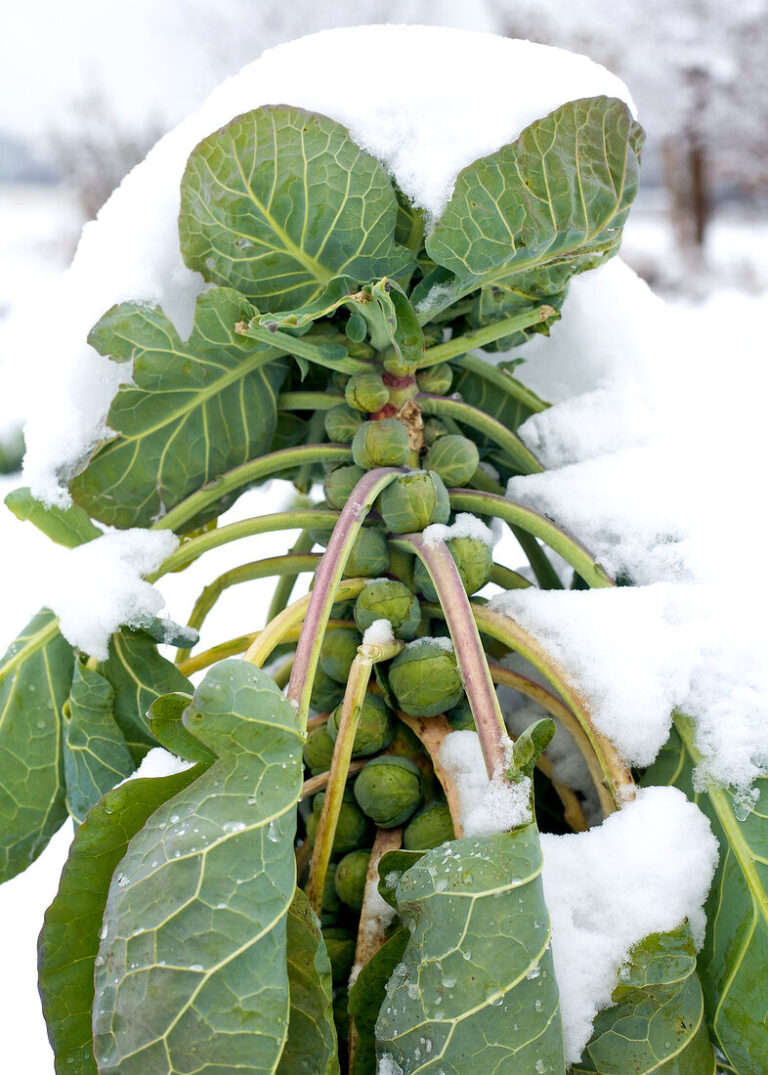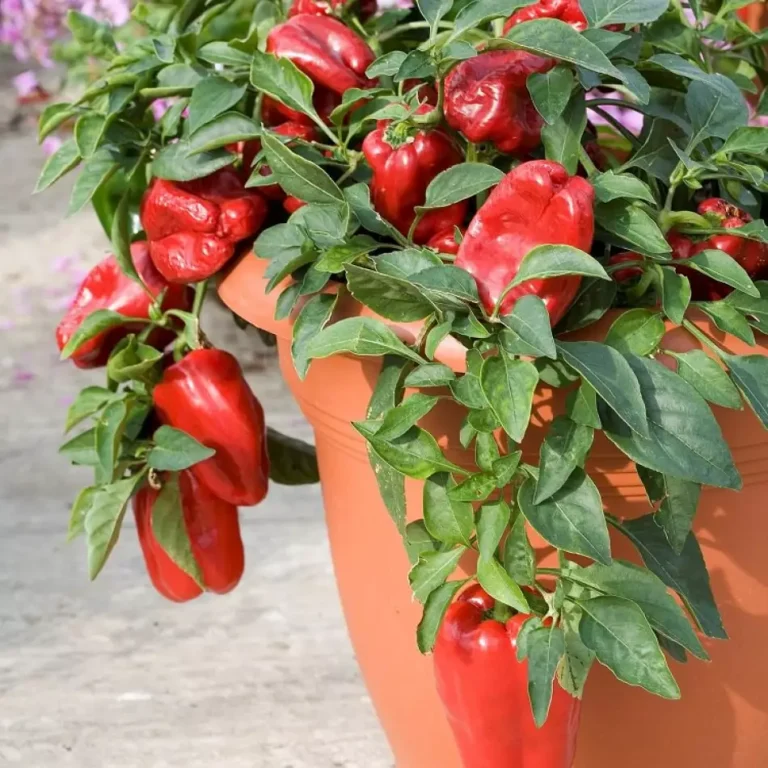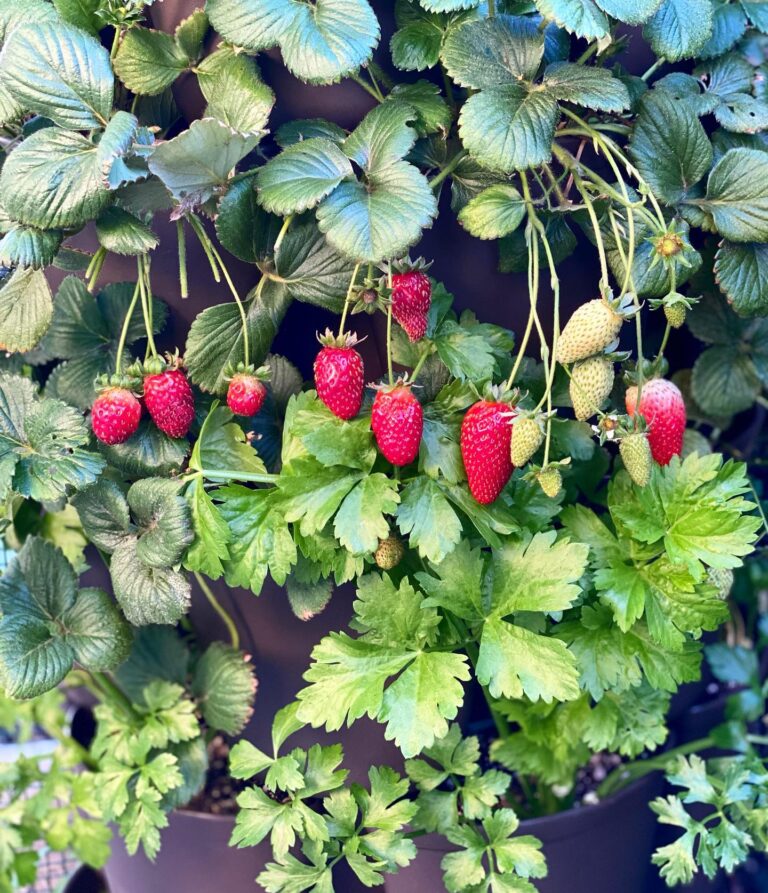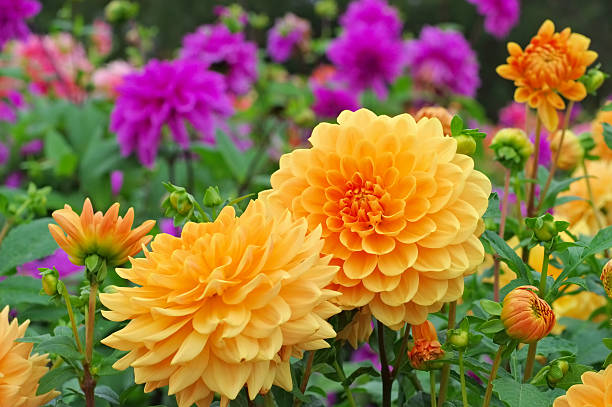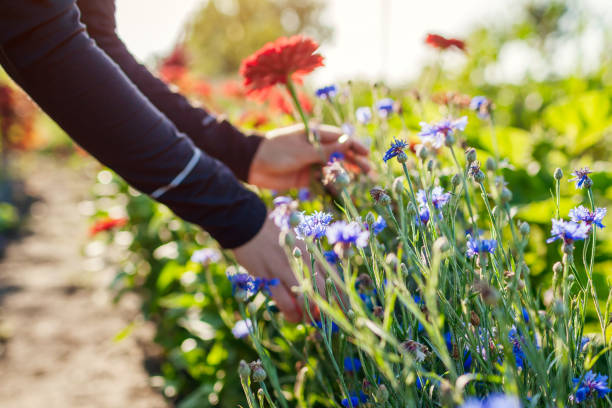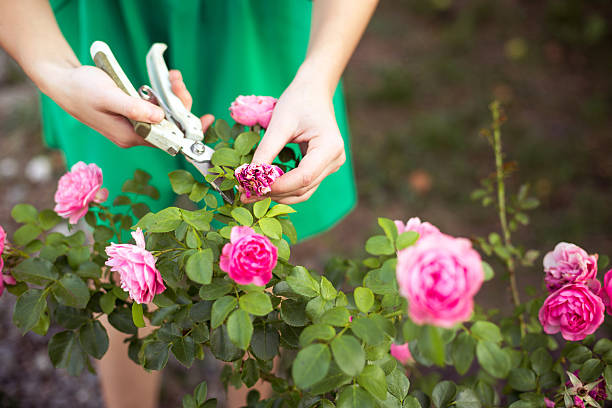Fall Garden Companion Planting That Actually Works
There’s something deeply grounding about getting out in the garden once the air starts to shift—that crisp edge that says summer’s fading and it’s time to start preparing the soil for what’s next.
Fall gardening isn’t just about tossing seeds in and hoping for the best. If you play your cards right with companion planting, you can actually set the stage for stronger plants, fewer pests, and even better flavor in some crops.

This isn’t just garden folklore either. Companion planting is backed by plenty of observation (and a few generations of trial and error).
Especially in the cooler months, where every bit of daylight and warmth counts, pairing the right plants can make all the difference.
Why Fall Is the Perfect Time for Companion Planting
Fall might seem like the wind-down season, but for cool-season vegetables and herbs, it’s prime time.
The soil is still warm from summer, there’s generally more rainfall, and pest pressure drops off. That makes it ideal for planting fast-growing crops—and sneaking in a few companions that help each other out.

This time of year also lets you plan more mindfully.
Summer can be a bit frantic, but autumn invites a slower, more deliberate approach. Great for pairing up plants with a bit of intention.
Classic Fall Pairings That Just Work
Let’s start with the heavy hitters. You’ll find these combos recommended by folks like the RHS, organic gardeners, and even our local garden centre down in Auckland.
They’re tried and tested, and they work well in both open beds and containers.
Brassicas + Aromatics
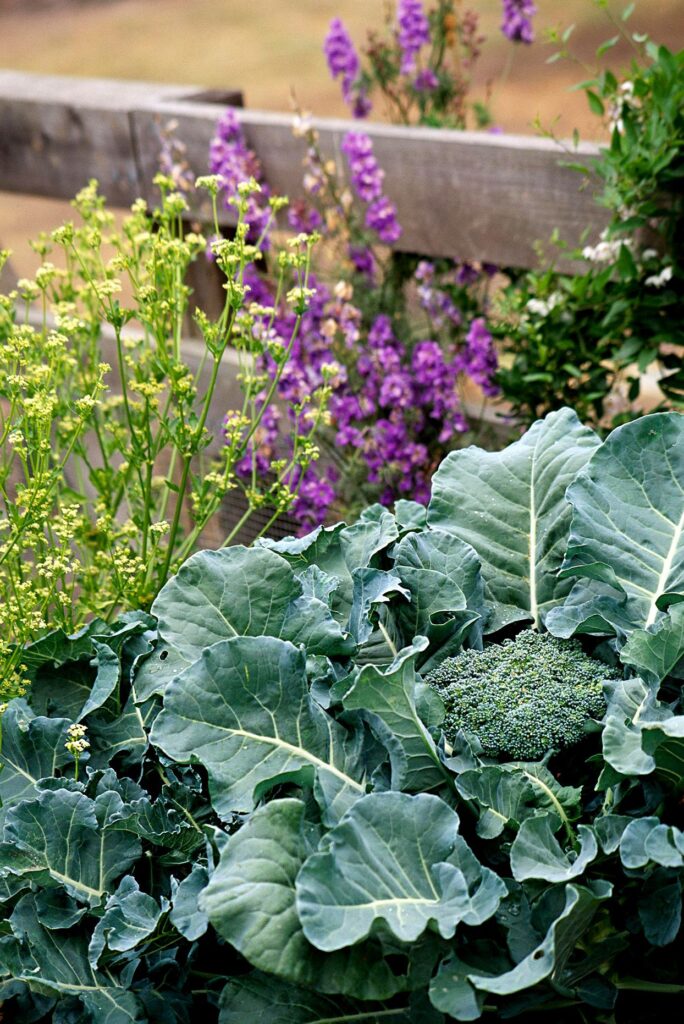
Broccoli, kale, and cabbage love cooler temps, but cabbage moths love them too. That’s where herbs like dill, rosemary, and thyme come in. They confuse pests and help protect your brassicas naturally.
| Plant | Companion | Why It Works |
|---|---|---|
| Kale | Dill | Attracts lacewings, deters aphids |
| Cabbage | Thyme | Confuses cabbage moths |
| Broccoli | Sage | Helps with flea beetles |
Carrots + Onions

This combo’s a classic for a reason. Carrot flies hate the strong smell of onions, and the two don’t compete much underground either.
| Plant | Companion | Why It Works |
|---|---|---|
| Carrot | Onion | Smell deters carrot flies |
| Parsnip | Garlic | Repels aphids and spider mites |
Lettuce + Radish + Chives
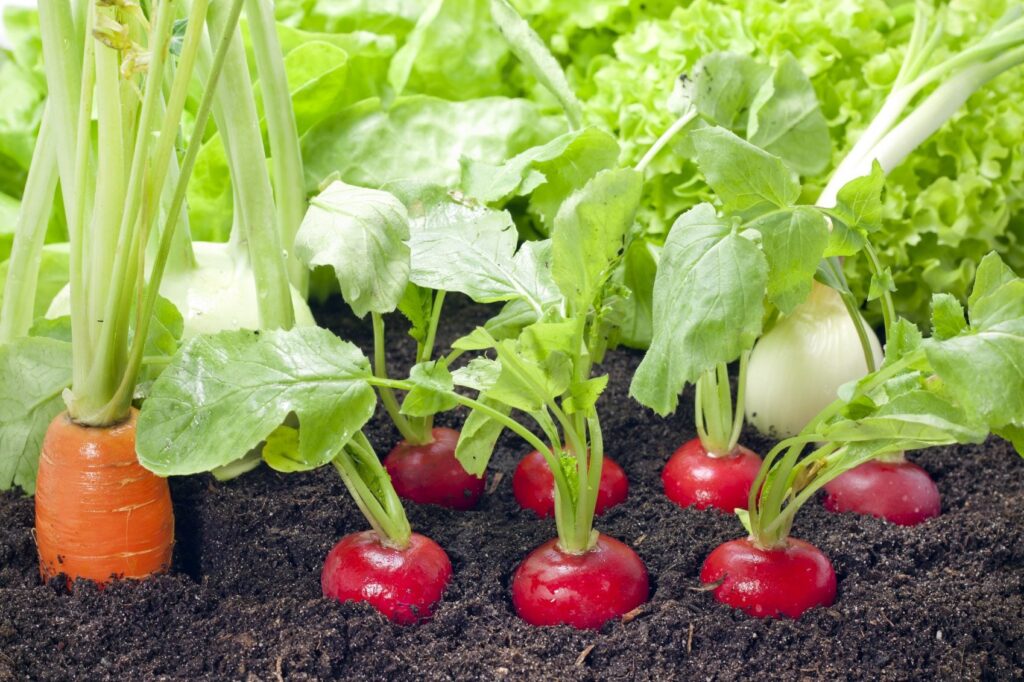
These guys are all quick growers and do well in tight spaces. The chives act like natural pest control, especially against aphids and slugs.
Building a Cooler Season Plant Guild
Okay, “guild” might sound a bit mystical, but it’s really just a fancy way of saying a mini-ecosystem of helpful plant buddies. For fall, think leafy greens, roots, and a few herbs that stick around.
A simple combo that works in a container or raised bed:
- Spinach (main crop)
- Radish (quick harvest, breaks up soil)
- Cilantro (attracts beneficial insects)
- Garlic (ward off pests like a champ)
Keep things close together but not cramped. You want airflow—fall can be damp, and nobody wants a fungal mess.
What to Avoid Pairing in Fall
Not all plants get along, even in cooler temps. For example, avoid putting:
- Beans near onions or garlic – they inhibit each other’s growth.
- Brassicas near strawberries – it’s just a bad fit; they compete hard.
- Fennel near anything – seriously, fennel is a loner. Keep it isolated.
And even in fall, don’t overcrowd. The sunlight’s already getting weaker, so give each plant the space it needs to catch those precious rays.
My Own Little Takeaway
I had a yarn with Jess the other day—she’s been planting garlic next to spinach every fall and swears by it. Says the spinach just seems happier. She got the idea from a Home Beautiful garden issue a while back, which also had a gorgeous layout spread with thyme spilling out of an old wine crate.
Honestly, after flipping through that same issue, I was inspired to rethink the way I group my plants. Not just “stick it where there’s room,” but asking, who helps who here?
That little shift in thinking is what companion planting in fall is really about. The garden feels more alive, more balanced. And come early spring, when things start waking up again, you’ll be ahead of the game.



